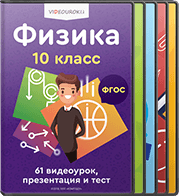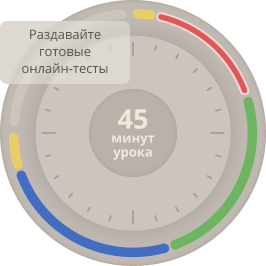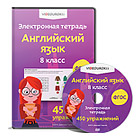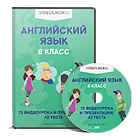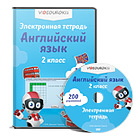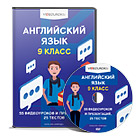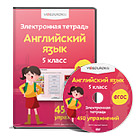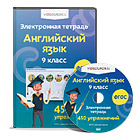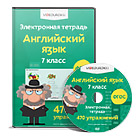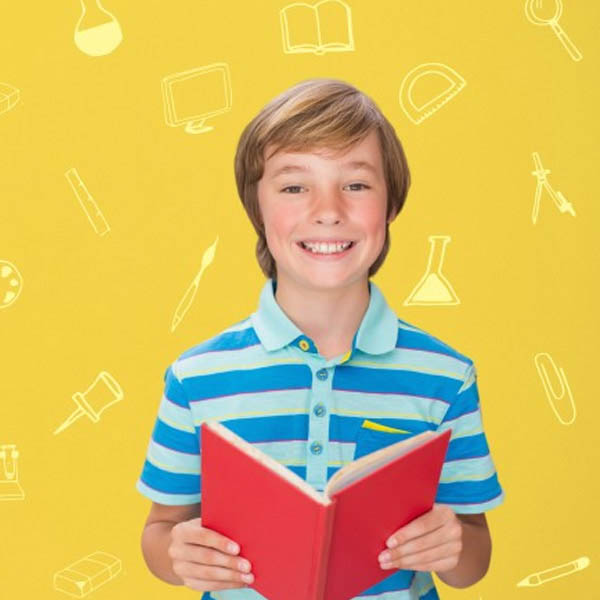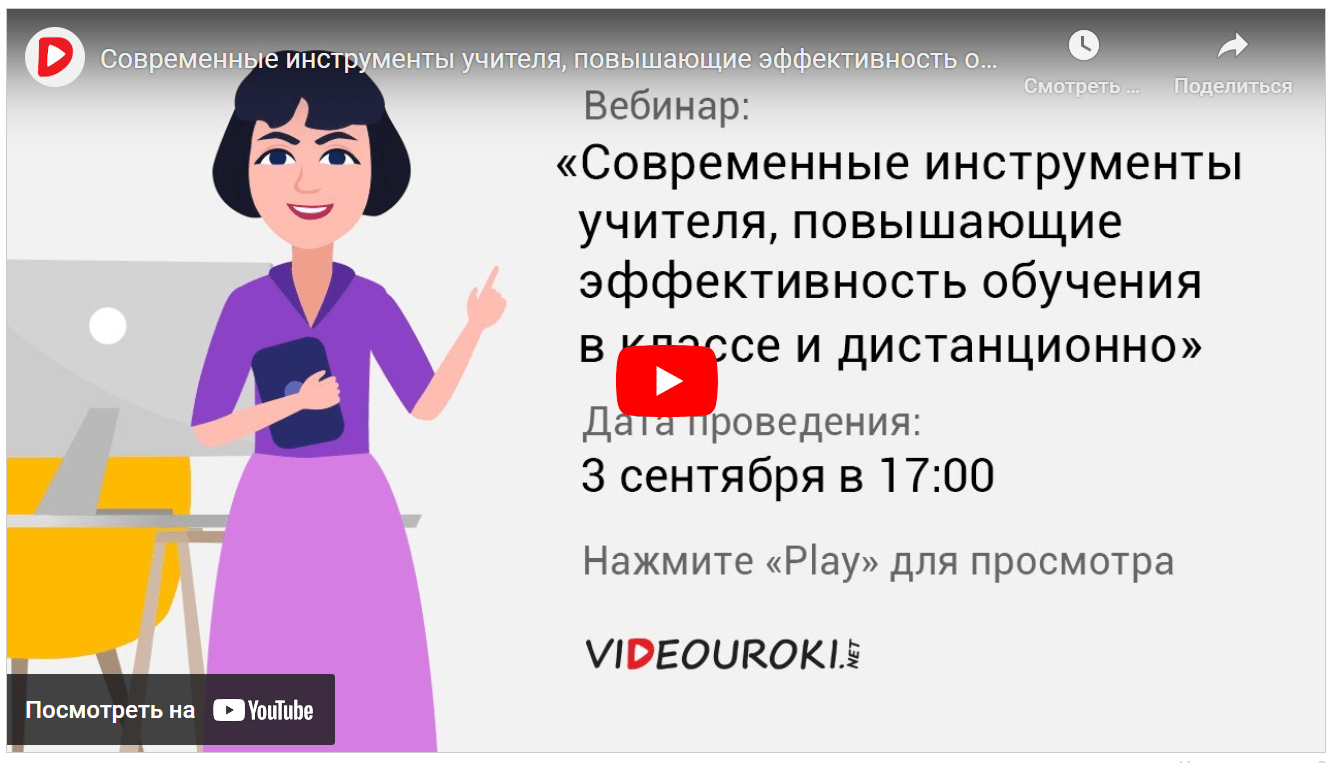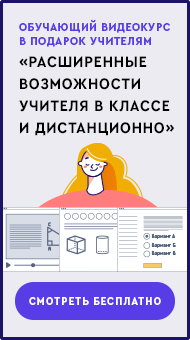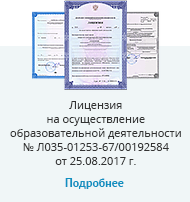| 4. 1.5.1 4.3.3.1
4. 1.5.1 4.5.3.1 | Step 1 Look at the picture. Would you like to travel into space? Why?/Why not? Do you know any planets bigger than Earth? Pupils' books closed. Put the Journey into space poster up on the board. Point to the pictures, one at a time, and say the corresponding words.The pupils repeat, chorally and/or individually. Point to each picture in random order. Ask individual pupils to name them. Pupils' books open. Refer the pupils to the picture on p.94 and have a picture discussion. Ask the pupils if they would like to travel into space and why. Elicit answers from individual pupils.Then say and write on the board: Earth. Explain to the pupils that Earth is the name of our planet. Ask the pupils to name other planets (Mercury, Venus, Mars, Jupiter, Saturn, Uranus and Neptune).Then ask them to name the planets that are bigger than Earth.
| Answer key I would like to travel into space to visit other planets. (suggested answer) Jupiter, Saturn, Uranus and Neptune are bigger than Earth. | Target vocabulary Seaside activities: make sandcastles, collect starfish, swim, go sailing, eat ice cream, go fishing |
| Step 2 Can you find these in the picture on page 94? Match. Then listen and check Explain the activity. Allow the pupils some time to match the pictures with the correct words. Play the CD.The pupils listen and check their answers. | . (Track 28 CD2) |
Answer key 2 i 3 h 4 f 5 d 6 b 7 g 8 e 9c
|
| Step 3 Look and read. Write yes or no. Refer the pupils to the picture and have a picture discussion. Read the example aloud and explain the activity. Allow the pupils some time to look at the picture and complete the activity. Ask individual pupils to answer. Ask the rest of the class for verification. | Track 14 CD2 | Answer key 2 no 3 no 4 yes 5 no |
| Differentiation – how do you plan to give more support? How do you plan to challenge the more able learners? | Assessment – how are you planning to check learners’ learning? | Cross-curricular links
Health and safety check
ICT links
Values links |
| work with weaker groups in read and tick task providing support e.g. by prompting them to sound out initial letters challenge stronger learners to answer questions in Step 1 with full short answers | monitoring learner responses in questioning task and drilling answers where learners need support with pronunciation
| cross-curricular links: |
